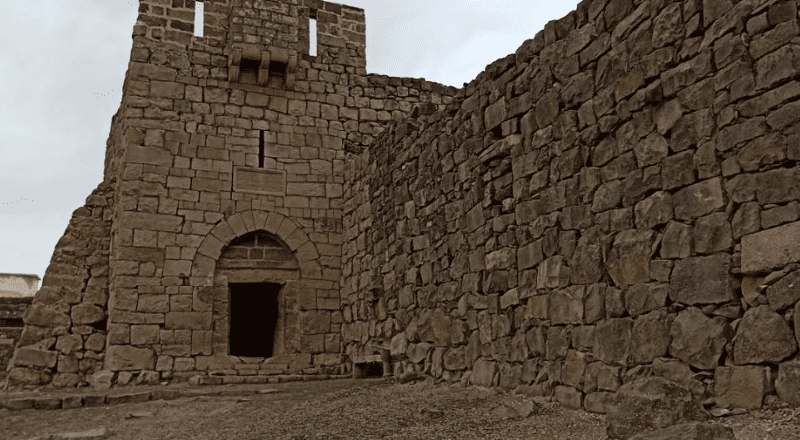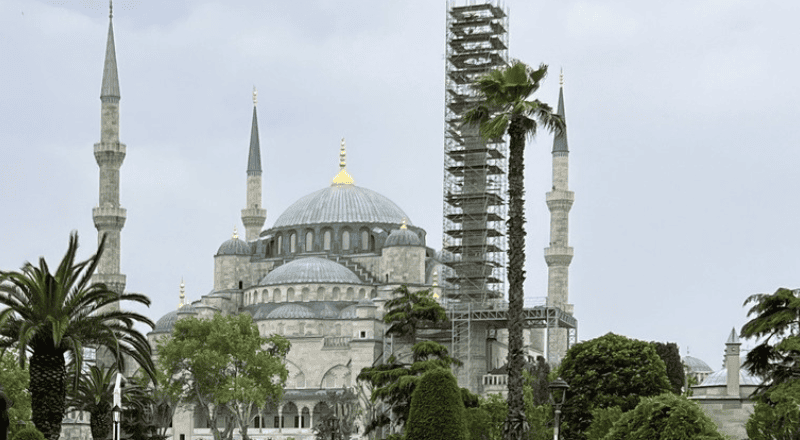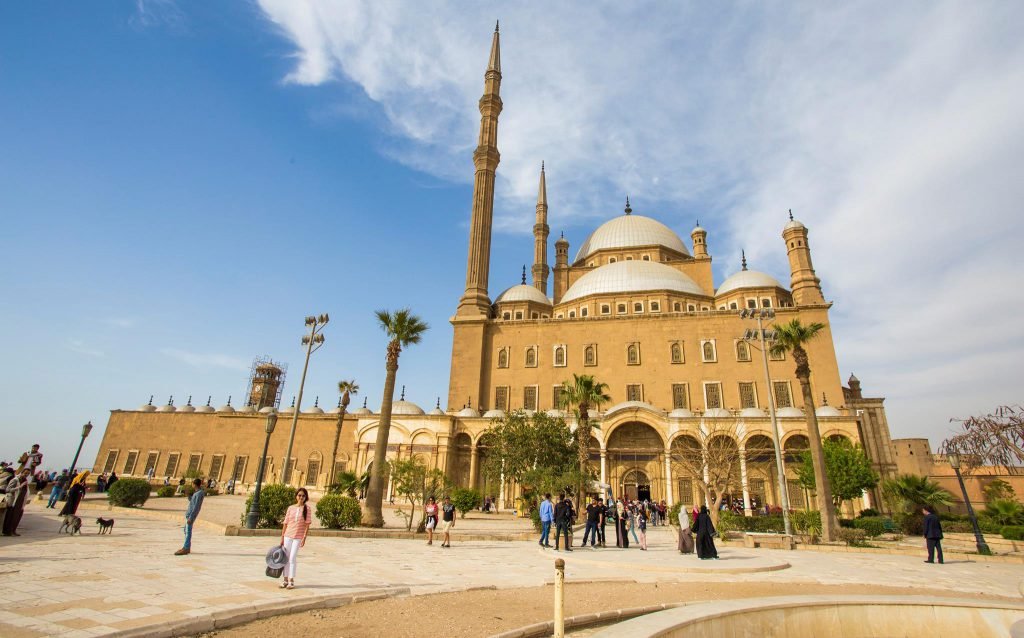10 Facts About the Qasr Al-Azraq
Qasr Al-Azraq is an ancient fortress located in the eastern desert of Jordan with a lot of history, mystery, and architecture. Famed for its location, Qasr Al-Azraq is steeped with history and witnesses of the past. This black basalt castle has held a mostly silent witness to their adjacent centuries of occasions, from the Roman conquer to being a fort during the Arab Revolt from the Turkish in World War I.
To help you with visiting this extraordinary site below there is a history of Qasr Al-Azraq with 10 incredible things to expand your knowledge to your visit and to help you realize why it is a must-see place.
1. A Fortress Built on History
Qasr Al-Azraq was originally built in the Roman Empire, beginning in the 3rd century AD. Through the centuries, it became an important military outpost because of its strategic location near caravan and trade routes. Based on its history, the fortress has become a site of importance because of multiple cultures, including the Umayyads, Abbasids, and Ottomans.
2. The Unique Black Basalt Structure
One of the most remarkable elements of Qasr Al-Azraq is that it is built of dark basalt stones that are found throughout the surrounding desert. This makes the fortress distinct with a clearly dark form against the dusty golden desert.
3. The Meaning Behind the Name
In Arabic, ‘Al-Azraq’ means ‘The Blue,’ referring to the nearby oasis that once surrounded the fortress. The oasis made this area a critical stop for traders, pilgrims, and armies passing through the desert.
4. Lawrence of Arabia’s Headquarters
Qasr Al-Azraq was the winter headquarters of T.E. Lawrence, more commonly referred to as Lawrence of Arabia, during the Arab Revolt during World War I against the Ottoman Empire. In his memoirs, Lawrence wrote about the stronghold’s importance to their campaign, which contributed to the legendary status of Qasr.
5. Ingenious Architecture
The fortification was a labour of practicality. The oceanic doors of basalt were on pivoting stone hinges, an almost unbelievable feat of engineering for the day, and they still work today.
6. A Central Courtyard for Survival
The original basic plan of Qasr Al-Azraq is such a big central yard surrounded by rooms and towers built to defend and at the same time hold the supplies and animals as necessary for the long-held soldiers in the castle during an attack.
7. A Blend of Cultures
The fortress reflects the influence of the various civilizations that controlled it. From Roman inscriptions to Islamic architectural elements, Al-Azraq is a mosaic of cultural and historical layers, making it a fascinating site for archaeologists and history buffs.
8. A Gateway to the Eastern Desert
Qasr Al-Azraq is one of Jordan’s Desert Castles, a collection of palaces, forts, and caravan stops which are historically important as palaces or caravan stops and show the role of the area as a crossroad and cultural exchange point.
9. A UNESCO World Heritage Candidate
Although Qasr Al-Azraq and other desert castles are not currently included in the UNESCO World Heritage Site list, the site has cultural and historical significance including consideration to being recognized on future lists. The fortress provides an opportunity to visit a site that has global significance.
10. Easily Accessible from Amman
About 100 kilometers east of Amman is Qasr Al-Azraq, which makes it easy for travelers to visit and enjoy it in a day. It’s often included in tours that visit the Desert Castles, which allows visitors to not only visit Qasr Al Azraq itself, but also experience the lovely and unique landscapes of this part of Eastern Jordan. For visitors spending extended time in the region, the 7 Days Amman Jordan Tour Package serves as a superb way to experience Qasr Al Azraq, and iconic sites in Jordan, including Petra, Jerash, and the Dead Sea.
Conclusion
It is a fortress, but it is also a doorway into Jordanian history and desert culture. With its unique black basalt construction and the connection with Lawrence of Arabia, this site is a small trip into Jordan’s past and into the stories of all the people that have made this region their home.



